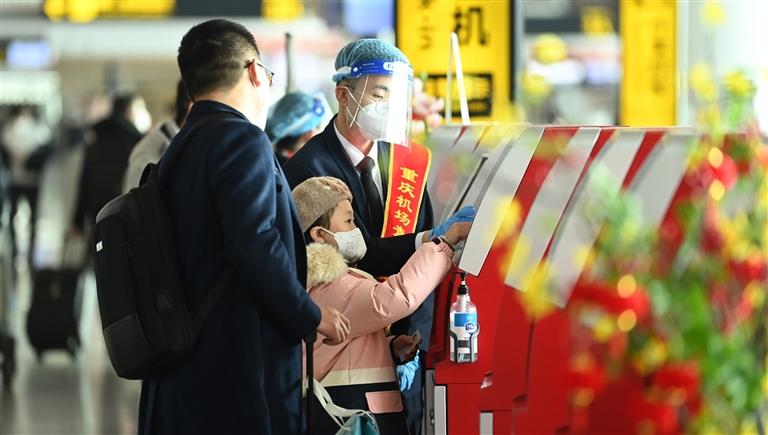
LOW-CARBON technologies are playing an increasingly significant role in driving the sustainable development of Chinese airports, aiding the civil aviation sector in fulfilling the country’s “dual carbon” goal. According to the Civil Aviation Administration of China, initiatives such as the promotion of safe and efficient Sustainable Aviation Fuels (SAF), airport electrification, and clean energy adoption, along with efforts to enhance energy conservation and utilization, are set to be prioritized. With busy hub airports leading the way, airports throughout the country are actively implementing measures to incorporate low-emission facilities and eco-friendly technologies. Chongqing Jiangbei International Airport (Chongqing Airport), a prominent air hub in Southwest China, is particularly dedicated to establishing itself as a green airport, with a focus on energy transition, as highlighted by the Chongqing Airport Group. Challenges include reining in the impact of carbon emissions on the air quality in surrounding areas and noise from aircraft and ground vehicles. To address these challenges, Chongqing Airport is proactively undertaking a shift in power supply methods in both sectors. By introducing ground support equipment (GSE) that operates on electricity, the airport aims to curtail the use of auxiliary power units (APU) on aircraft. Wang Xiumin, the deputy manager of Chongqing Airport’s jet bridge operation department, affirms these efforts. An auxiliary power unit (APU) is critical aircraft equipment that typically runs on aviation fuel, providing electrical power and air conditioning when aircraft are on the ground. “The ground support equipment (GSE) connects to the aircraft through two pipelines, supplying power and air conditioning to ensure operational efficiency and passenger comfort. This clean energy solution significantly reduces carbon emissions and noise,” Wang explained. To date, the airport has installed 123 power supply units and 114 air conditioning supply units for aircraft on the ground. Rough statistics suggest that GSE can potentially reduce aviation fuel consumption by approximately 150 kg per flight. Known as China’s “mountain city,” Chongqing is renowned for its spicy cuisine, tourism, and being a major hub for high-tech industries and the world’s leading laptop production base. Consequently, Chongqing Airport serves as a bustling hub for both passenger and air cargo transport, requiring a wide variety of ground vehicles. To facilitate the electrification of its ground vehicles, the Chongqing Airport Group has made substantial investments. In 2021, the airport allocated 140 million yuan (US$19.43 million) for the introduction of electric vehicles as well as charging stations. The number of licensed new-energy vehicles working at the airport and charging facilities exceeded 280 and 219 units, respectively, by 2022, resulting in a reduction of approximately 3,000 tons of carbon dioxide. China has set a goal to peak carbon dioxide emissions by 2030 and achieve carbon neutrality by 2060. According to a roadmap issued by the Civil Aviation Administration of China, the civil aviation industry will pursue green and low-carbon development during the 14th Five-Year Plan period (2021-2025). This will involve making the sector smarter and more resource-efficient. (Xinhua) | 
